Home>Furniture & Design>Interior Design Trends>Where Should Urns Be Placed
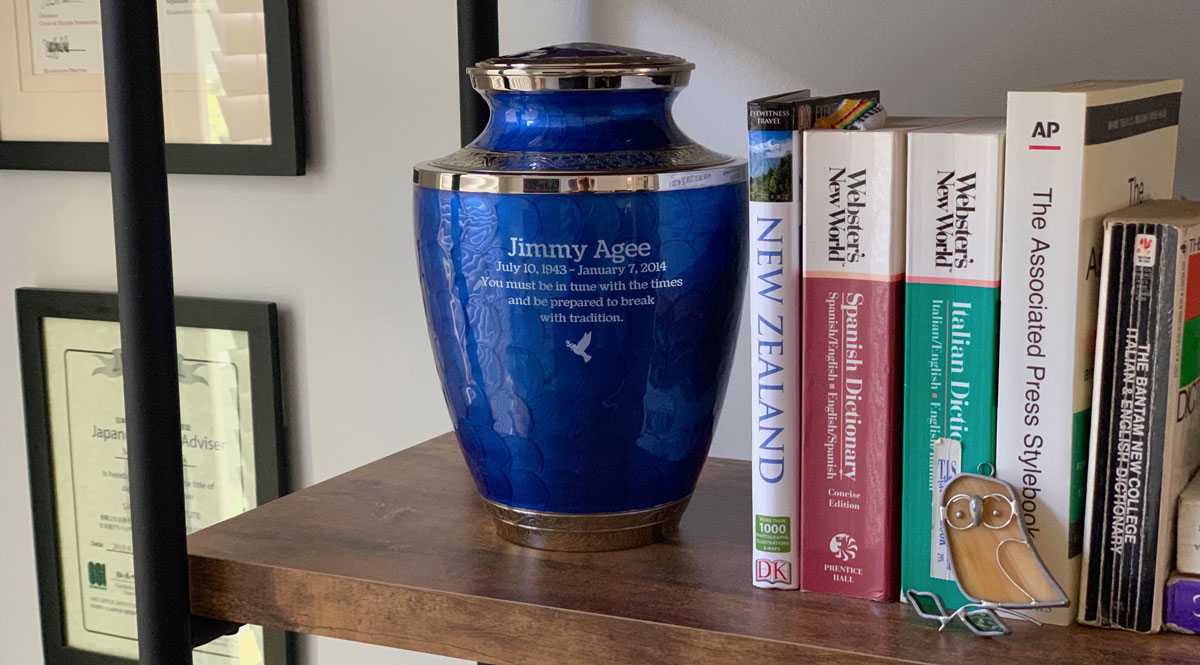

Interior Design Trends
Where Should Urns Be Placed
Modified: February 18, 2024
Discover the latest interior design trends for placing urns in your home. Find stylish and meaningful ways to incorporate urns into your interior decor. Explore innovative ideas for showcasing urns in your living space.
(Many of the links in this article redirect to a specific reviewed product. Your purchase of these products through affiliate links helps to generate commission for Storables.com, at no extra cost. Learn more)
**
Introduction
**
When it comes to interior design, every detail counts. From the color of the walls to the placement of furniture, each element contributes to the overall aesthetic and ambiance of a space. One often-overlooked aspect of interior design is the placement of urns. Urns, with their timeless elegance and historical significance, can serve as striking decorative pieces in both indoor and outdoor settings.
The placement of urns within a space requires careful consideration to ensure they harmonize with the surroundings while making a statement of their own. Whether you seek to honor a loved one's memory or simply wish to incorporate urns into your interior design, understanding the best placement options is essential. In this article, we will explore the various considerations and placement options for urns, both indoors and outdoors, as well as how cultural and religious factors may influence their placement. By the end, you will have a comprehensive understanding of where urns should be placed to achieve both aesthetic and emotional balance within a space.
Key Takeaways:
- Choose the right size and style of urn to match the space and decor. Consider the contents and emotional significance when placing urns indoors or outdoors.
- Respect cultural and religious beliefs when deciding where to place urns. Create meaningful and visually impactful placements that honor loved ones and enhance the ambiance.
Read more: Where Should Glassware Be Placed
Considerations for Placing Urns
Before determining the placement of urns, it is crucial to consider several factors that can influence their positioning within a space. The size and style of the urn, the significance of its contents, and the overall design scheme of the room are all important considerations.
First and foremost, the size of the urn should be proportionate to the space in which it will be placed. In a grand foyer or spacious living room, a larger urn can serve as a captivating focal point, while a smaller urn may be more suitable for a bedside table or mantelpiece. Additionally, the style of the urn should complement the existing decor. For instance, a sleek, modern urn may be better suited to a contemporary setting, while a more ornate urn could enhance a traditional or vintage-inspired space.
The contents of the urn also play a significant role in its placement. If the urn holds the ashes of a loved one, it should be positioned in a place of honor and significance, such as a dedicated memorial shelf or a prominent display area. On the other hand, decorative urns or those containing non-human remains can be placed in areas where they contribute to the overall aesthetic without carrying the same emotional weight.
Furthermore, the overall design scheme of the room should inform the placement of the urn. Consider the existing color palette, furniture style, and decorative elements when deciding where to position the urn. It should seamlessly integrate into the space while adding visual interest and depth.
By carefully considering these factors, you can ensure that the placement of urns within a space is both visually appealing and emotionally meaningful.
Indoor Placement Options
When it comes to indoor placement, urns can be strategically positioned to enhance the ambiance and visual appeal of various living spaces. Here are several indoor placement options to consider:
-
Mantelpiece: A mantelpiece provides an ideal location for displaying an urn. It serves as a focal point in many living rooms and can offer a dignified setting for honoring a loved one’s memory. The height of the mantelpiece allows the urn to command attention without overwhelming the space.
-
Dedicated Memorial Shelf: Creating a dedicated memorial shelf or display area allows for a personalized and meaningful placement of the urn. This area can be adorned with photographs, mementos, and other items that celebrate the life of the individual, creating a heartfelt tribute within the home.
-
Bookcase or Display Cabinet: Placing an urn on a bookcase or within a display cabinet can integrate it into the overall decor of a room. This option allows for flexibility in positioning the urn among books, artwork, or other cherished possessions, contributing to a cohesive and personalized display.
-
Bedside Table: In bedrooms, placing an urn on a bedside table can provide a comforting and intimate connection to a loved one. It allows for a private space of reflection and remembrance, offering solace and a sense of closeness.
-
Entryway or Foyer: The entryway sets the tone for the home and can be an impactful location for an urn. Placing an urn in this area can symbolize a warm welcome and serve as a poignant reminder of the individual’s enduring presence.
Each of these indoor placement options offers a unique opportunity to integrate urns into the home decor, infusing the space with personal significance and timeless elegance.
When placing urns, consider a location that is meaningful and respectful, such as a peaceful garden, a special room in the home, or a memorial site. Avoid placing urns in areas that are subject to extreme temperatures or potential damage.
Outdoor Placement Options
Outdoor spaces provide a multitude of opportunities for incorporating urns into the landscape design, adding a touch of beauty and contemplation to gardens, patios, and other outdoor areas. Here are several outdoor placement options for urns:
-
Garden Nook: Placing an urn in a secluded garden nook or alcove can create a serene and contemplative space for reflection. Surrounded by lush greenery and blooming flowers, the urn becomes a focal point within the natural landscape, offering a tranquil setting for remembrance.
-
Patio or Terrace: Urns can be strategically positioned on patios or terraces to enhance the outdoor ambiance. Whether placed near seating areas or at the entrance to the outdoor space, urns contribute to the overall decor while providing a sense of grace and elegance.
-
Water Feature: Placing an urn near a water feature, such as a fountain or pond, can create a harmonious and visually captivating display. The juxtaposition of the urn against the soothing sounds of water can evoke a sense of tranquility and contemplation.
-
Entranceway: Flanking the entrance to a home or garden with urns can make a grand and welcoming statement. Positioned on either side of a pathway or doorway, urns can symbolize strength and endurance, adding a touch of sophistication to the outdoor space.
-
Memorial Garden: Creating a dedicated memorial garden allows for a meaningful and personalized placement of urns. This area can be adorned with meaningful plants, memorial stones, and other elements that celebrate the life of the individual, providing a peaceful sanctuary for reflection.
Each of these outdoor placement options offers a unique opportunity to integrate urns into the outdoor landscape, infusing the surroundings with beauty, tranquility, and a sense of enduring legacy.
Cultural and Religious Considerations
When considering the placement of urns, it is essential to be mindful of the cultural and religious significance attached to these practices. Different cultures and faith traditions have varying customs and beliefs regarding the handling and placement of urns, and it is crucial to respect and honor these traditions.
In many cultures, the placement of urns is deeply intertwined with rituals and customs that reflect reverence for the deceased and the continuity of familial bonds. For example, in some Asian cultures, it is customary to place urns in ancestral halls or family shrines, signifying the enduring connection to ancestors and the importance of familial heritage.
Religious beliefs also play a pivotal role in determining the appropriate placement of urns. For instance, in Christianity, the interment of urns in consecrated grounds, such as a church columbarium or cemetery, is a common practice, reflecting the belief in the sanctity of burial grounds and the resurrection of the body. In contrast, Hindu traditions may involve the scattering of ashes in sacred rivers or the placement of urns in family homes as a means of spiritual connection and reverence.
It is crucial to engage in open and respectful dialogue with individuals and families to understand their cultural and religious preferences when it comes to the placement of urns. By doing so, you can ensure that the placement aligns with their beliefs and honors their traditions, fostering a sense of understanding and inclusivity within the broader community.
By acknowledging and embracing the cultural and religious considerations associated with the placement of urns, we can create spaces that not only reflect personal significance and aesthetic beauty but also resonate with profound cultural and spiritual meaning.
Read more: Where Should A Smoke Detector Be Placed
Conclusion
The placement of urns within interior and exterior spaces is a multifaceted endeavor that intertwines aesthetic, emotional, and cultural considerations. By carefully considering the size, style, and contents of the urn, as well as the overall design scheme of the space, individuals can create meaningful and visually impactful placements that honor the memory of loved ones or simply enhance the ambiance of their surroundings.
Indoor placement options, such as the mantelpiece, dedicated memorial shelf, bookcase, bedside table, and entryway, offer versatile opportunities to integrate urns into the home decor, infusing each space with personal significance and timeless elegance. Meanwhile, outdoor placement options, including garden nooks, patios, water features, entranceways, and memorial gardens, allow for the seamless integration of urns into the natural landscape, creating serene and contemplative spaces for remembrance and reflection.
Furthermore, it is essential to approach the placement of urns with sensitivity and respect for the cultural and religious beliefs of individuals and communities. By acknowledging and embracing the diverse customs and traditions associated with the handling and placement of urns, we can create inclusive and meaningful spaces that resonate with profound cultural and spiritual significance.
In essence, the placement of urns is not merely a matter of interior design but a reflection of the enduring connections we hold with our loved ones and the cultural and spiritual legacies that shape our lives. By thoughtfully considering the various placement options and embracing the rich tapestry of cultural and religious traditions, we can create spaces that honor the past, celebrate the present, and inspire the future.
Ultimately, the placement of urns is a deeply personal and meaningful endeavor, and by approaching it with care, empathy, and creativity, we can infuse our living spaces with beauty, reverence, and a profound sense of connection.
Frequently Asked Questions about Where Should Urns Be Placed
Was this page helpful?
At Storables.com, we guarantee accurate and reliable information. Our content, validated by Expert Board Contributors, is crafted following stringent Editorial Policies. We're committed to providing you with well-researched, expert-backed insights for all your informational needs.
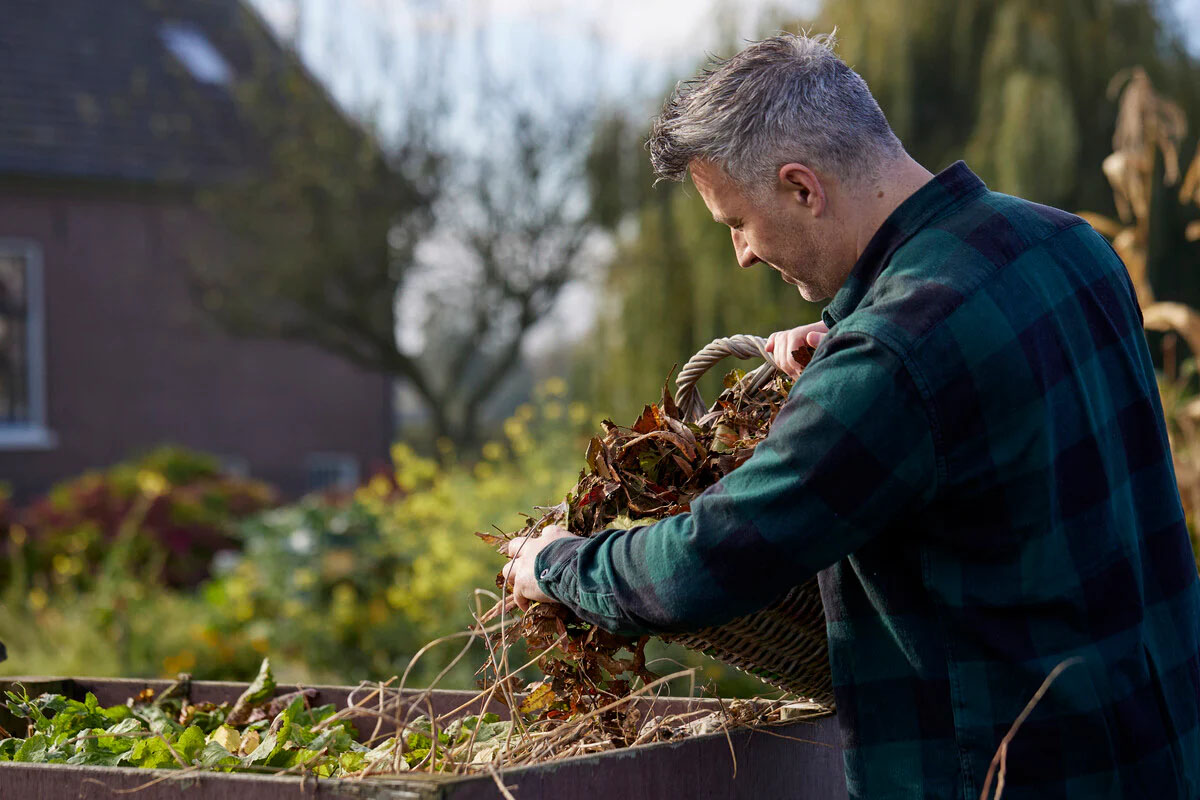
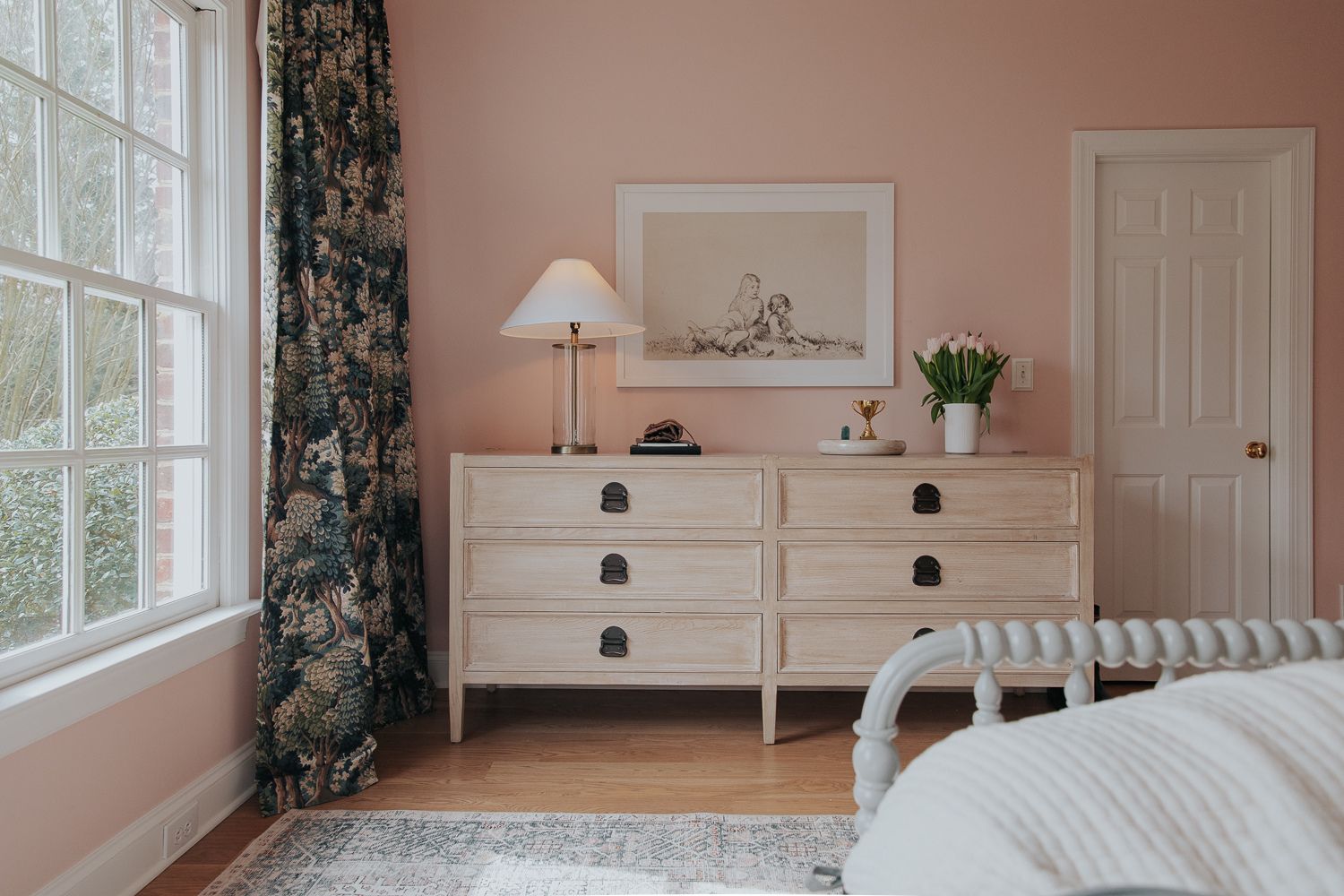
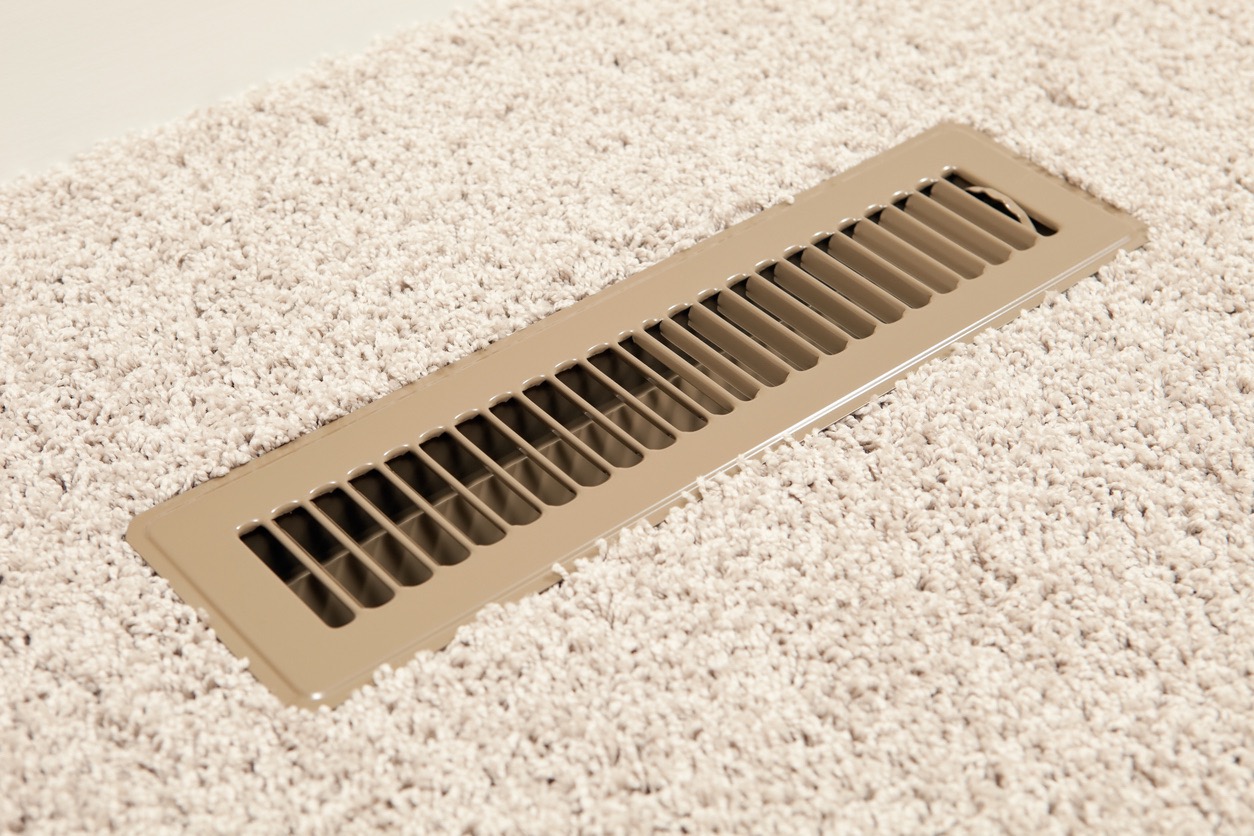

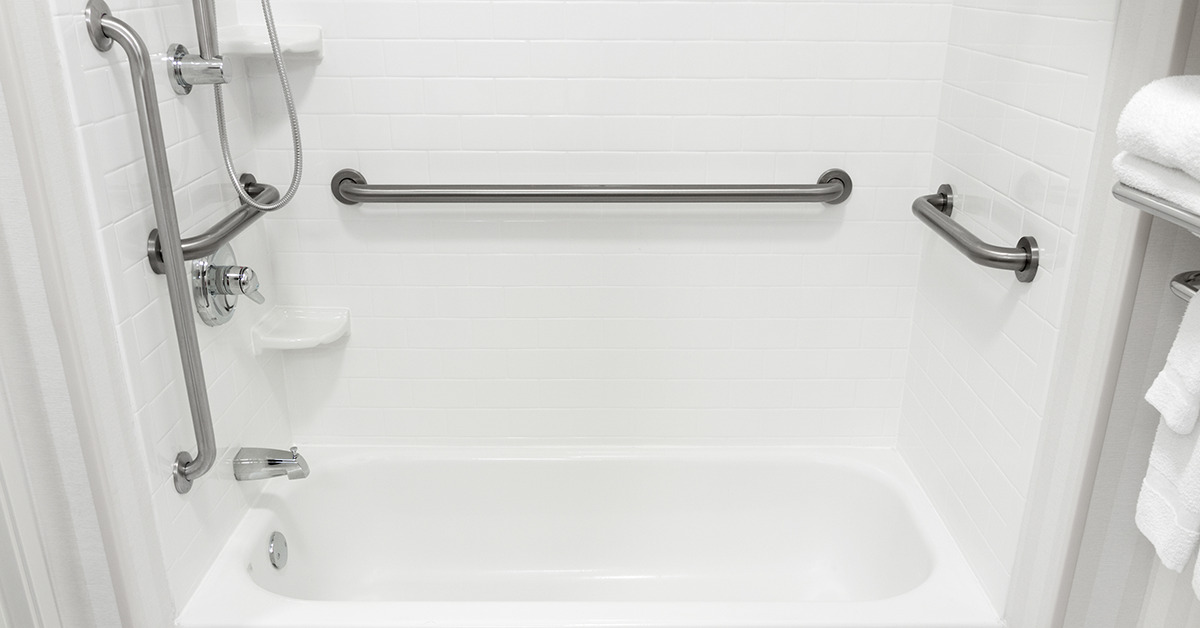
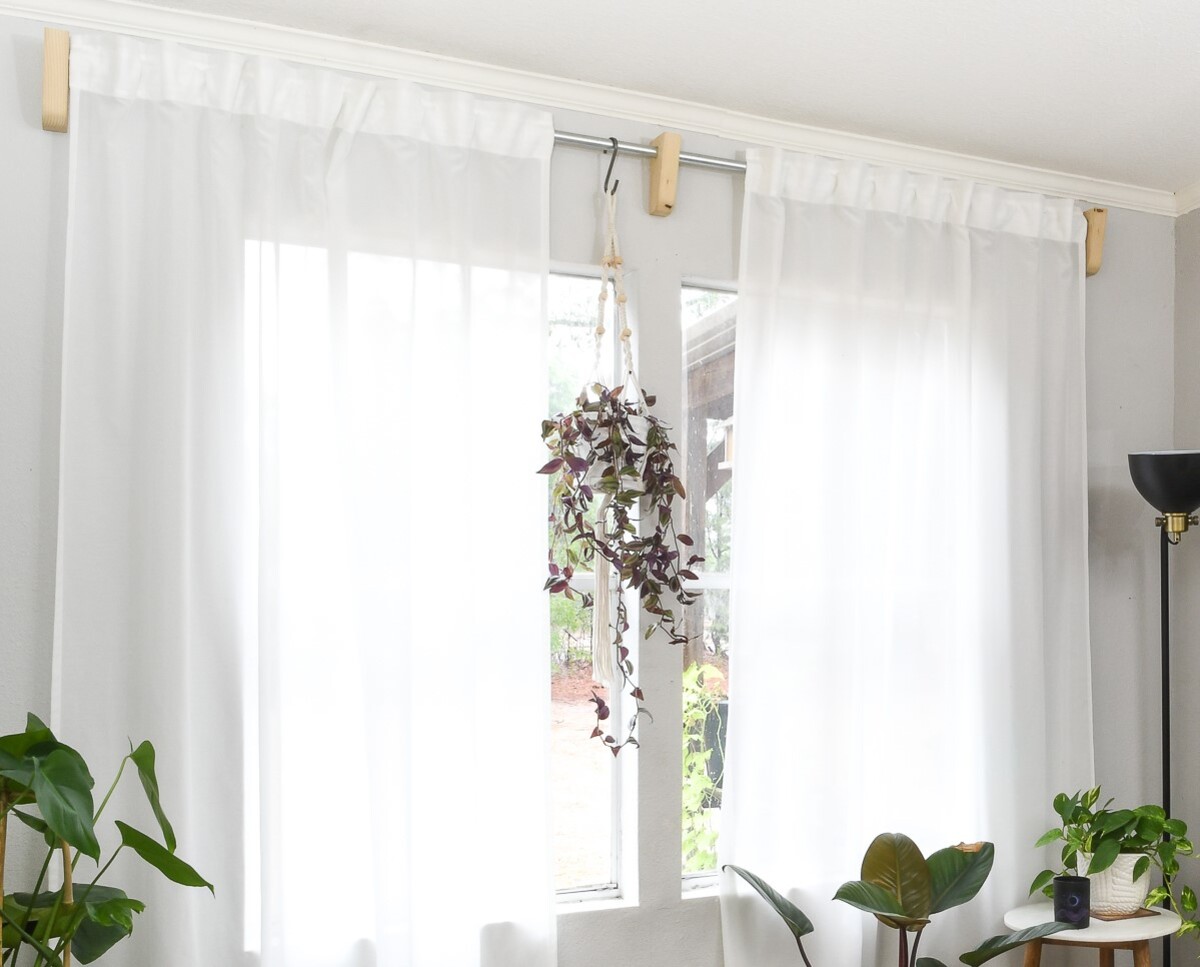
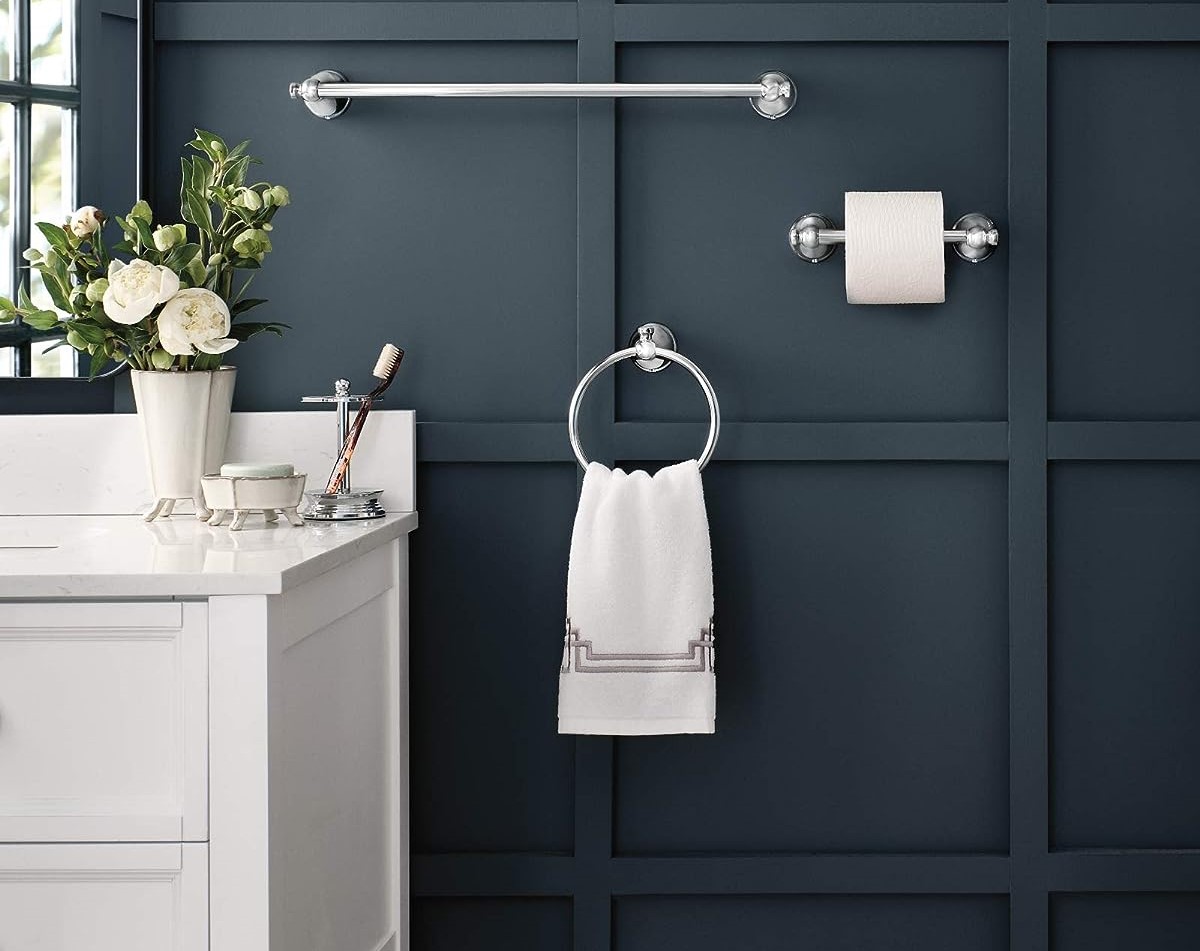
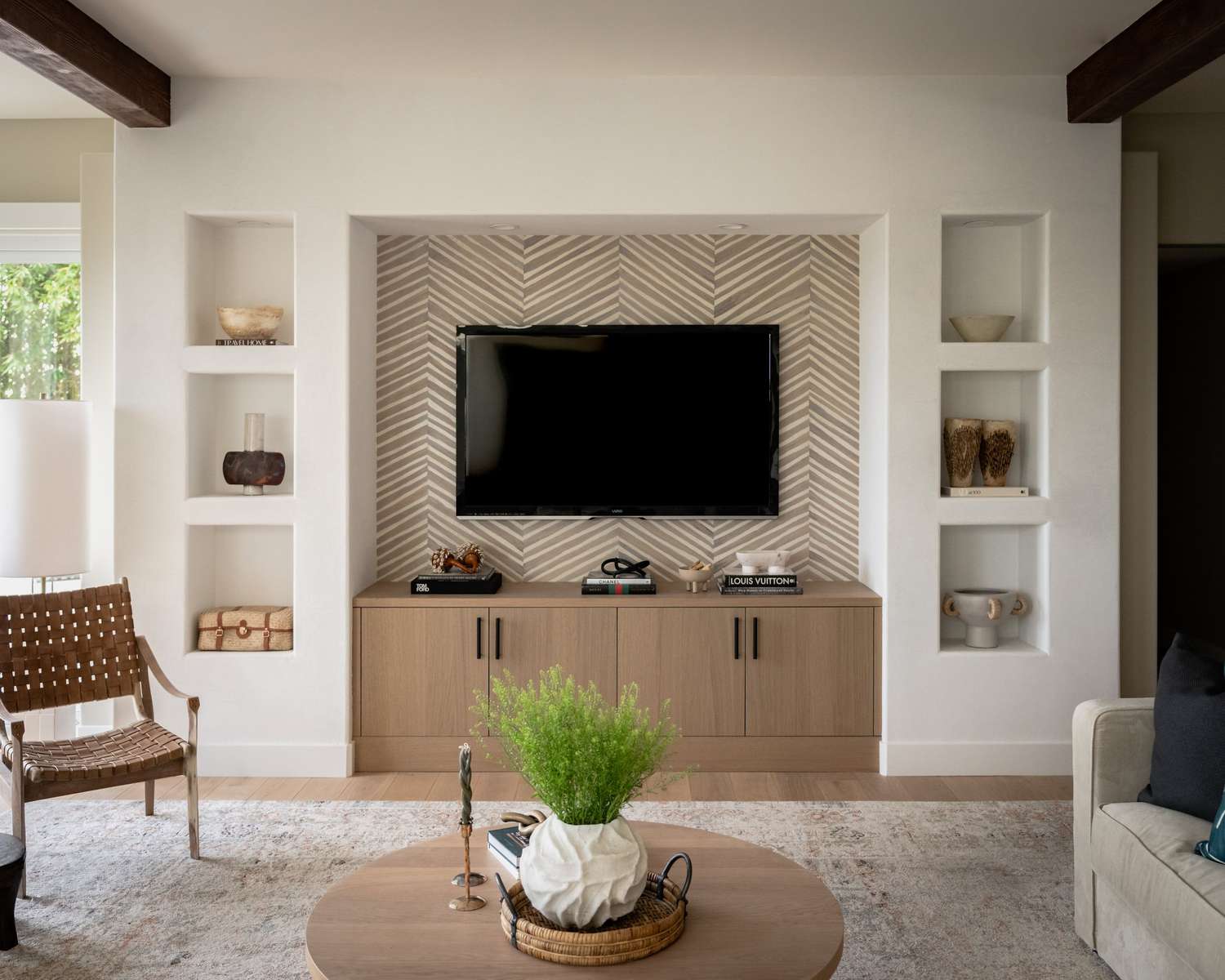
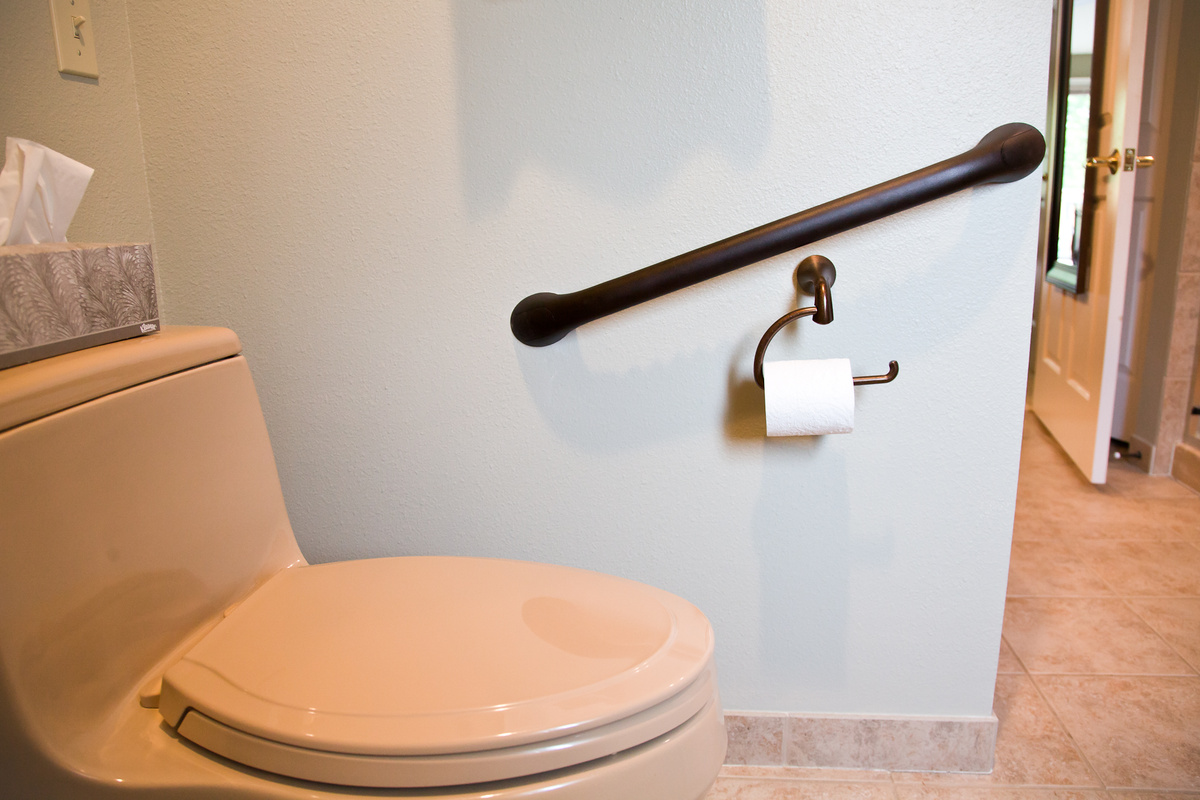
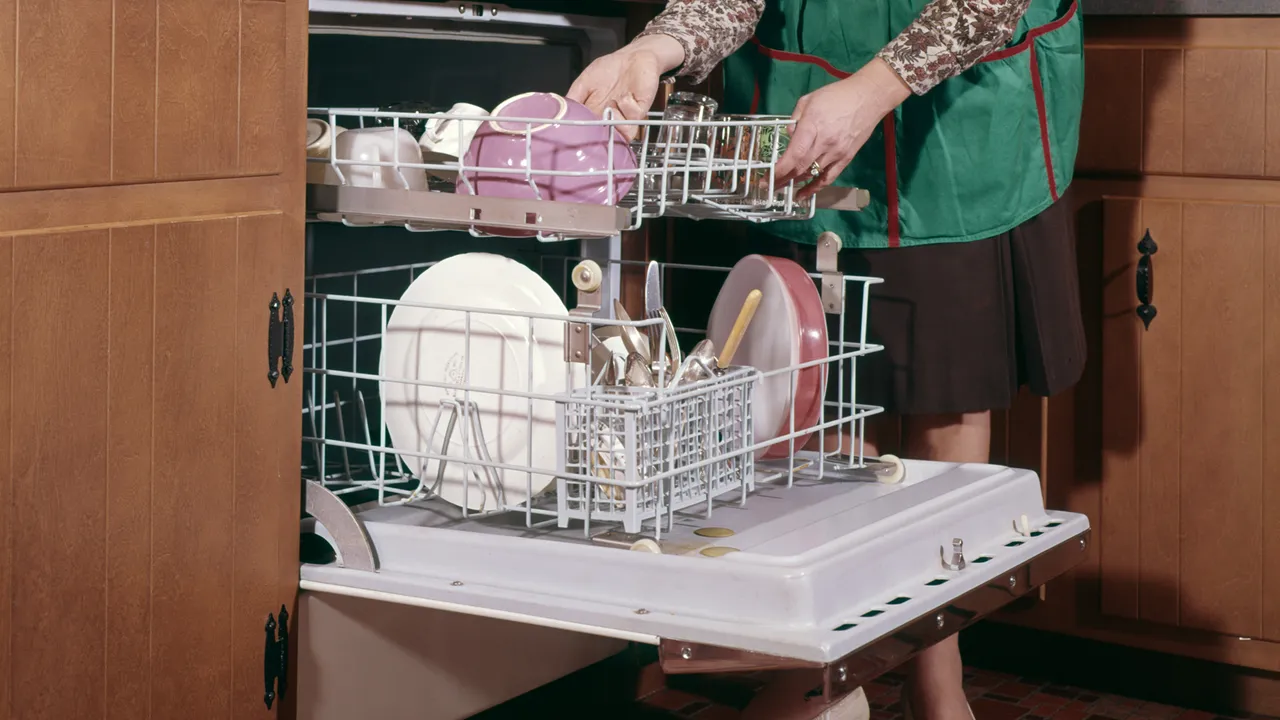
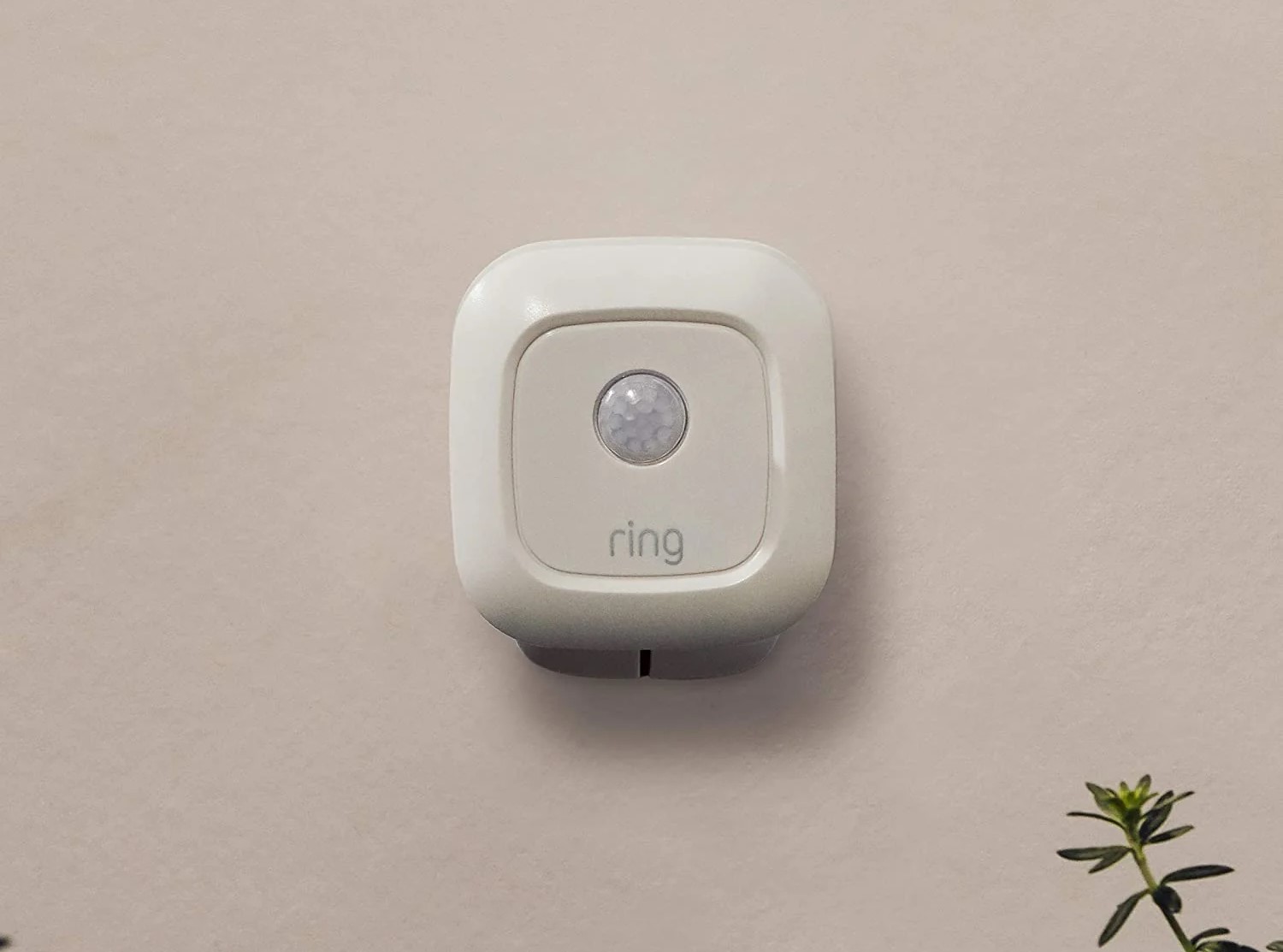

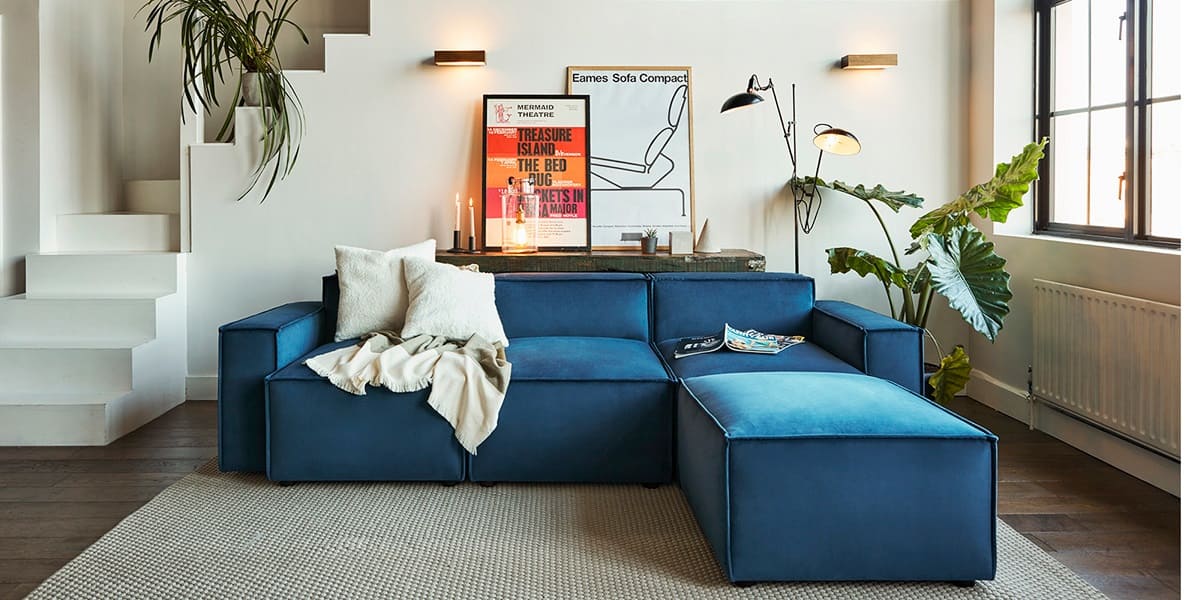
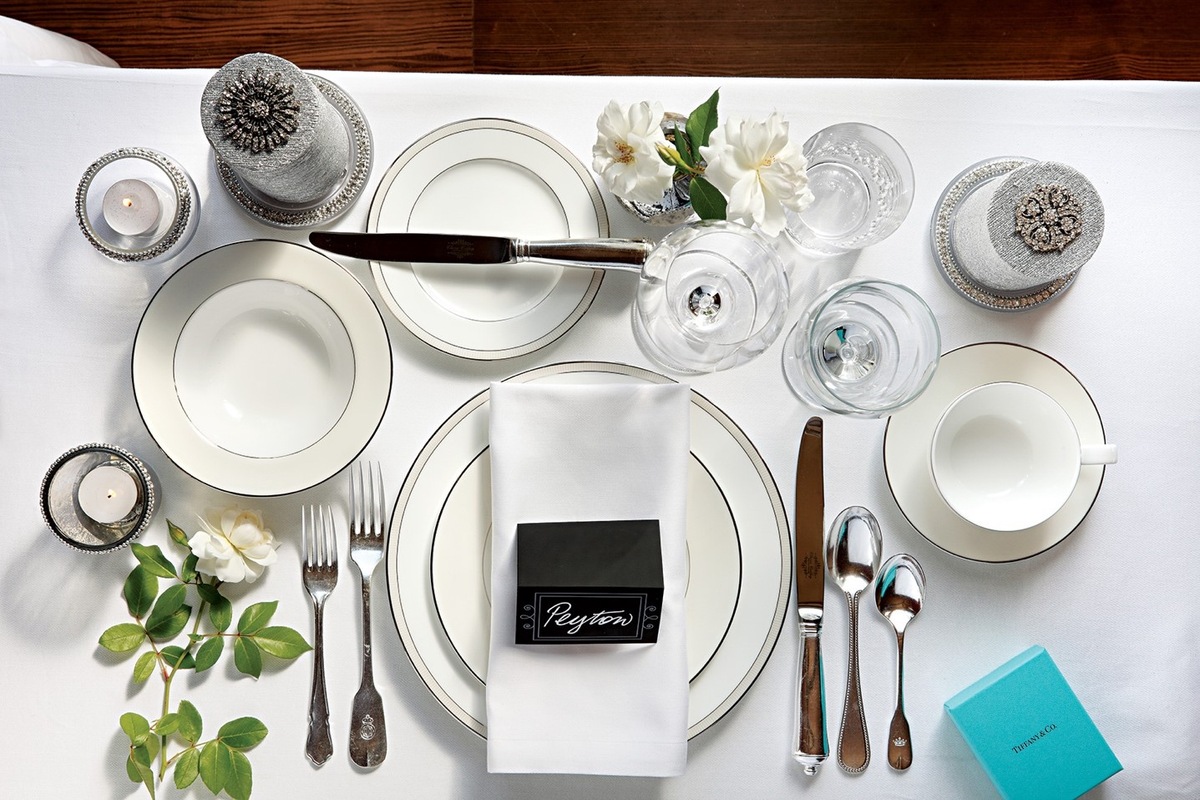

0 thoughts on “Where Should Urns Be Placed”